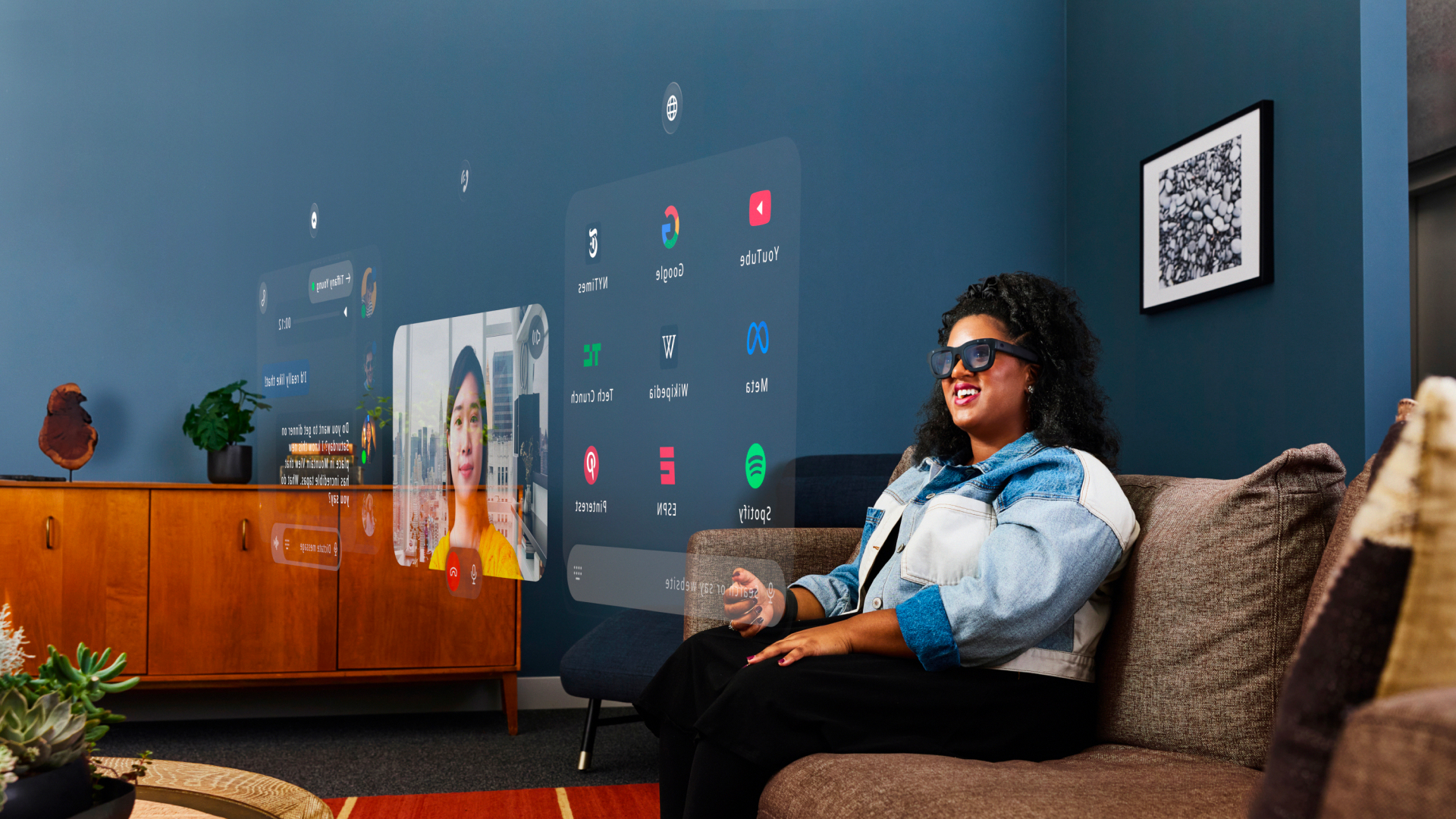(From Menlo Park, USA) Meta CEO Mark Zuckerberg surprised the audience at the Meta Connect event by revealing the first working prototype of glasses with holographic technology. 3D items are displayed on top of the real world and controls are made using hand gestures, so as to interact directly with the digital world.
“We’re one step closer to achieving the goal of Reality Labs,” he said, referring to Meta’s department dedicated to technologies like the metaverse, Quest, and Ray-Ban Meta Smart Glasses. No price or release date was announced. For now, it’s an experiment.
How does Orion work?
Meta explained that the Orion glasses feature a transparent screen made of microLEDs and silicon carbide (SiC), a material that is rarely used in everyday electronic devices. It was developed specifically for augmented reality.
Celebrities chosen by Meta have praised the contrast and quality of the images.

The motion tracking system – needed to display 3D elements on the screen – uses multiple input points, such as eye position and head tracking. Seven cameras are positioned on the Orion’s frame to understand the environment around it. According to The Verge, the device weighs 98 grams.
Orion’s functions can be controlled by voice or by “touching” objects directly. To do so, the user must wear a type of bracelet. “You can swipe, click or scroll while your arm is comfortably at your side,” according to Meta.
What are the functions of Orion?
Meta said Orion is capable of displaying the following elements:
- Life-size holograms of people
- Giant screen for entertainment purposes
- Multiple windows for productivity
New information about the device should be presented as time goes by. Zuckerberg was emphatic in stating that there are several challenges ahead, such as the final cost of the device. Access to it is currently highly controlled.
Other launches were made during Meta Connect 2024, such as the new generation of the company’s artificial intelligence, the VR device sold at a popular price (at least in the United States) and the Llama 3.1 (in versions with 11 and 90 billion parameters).
